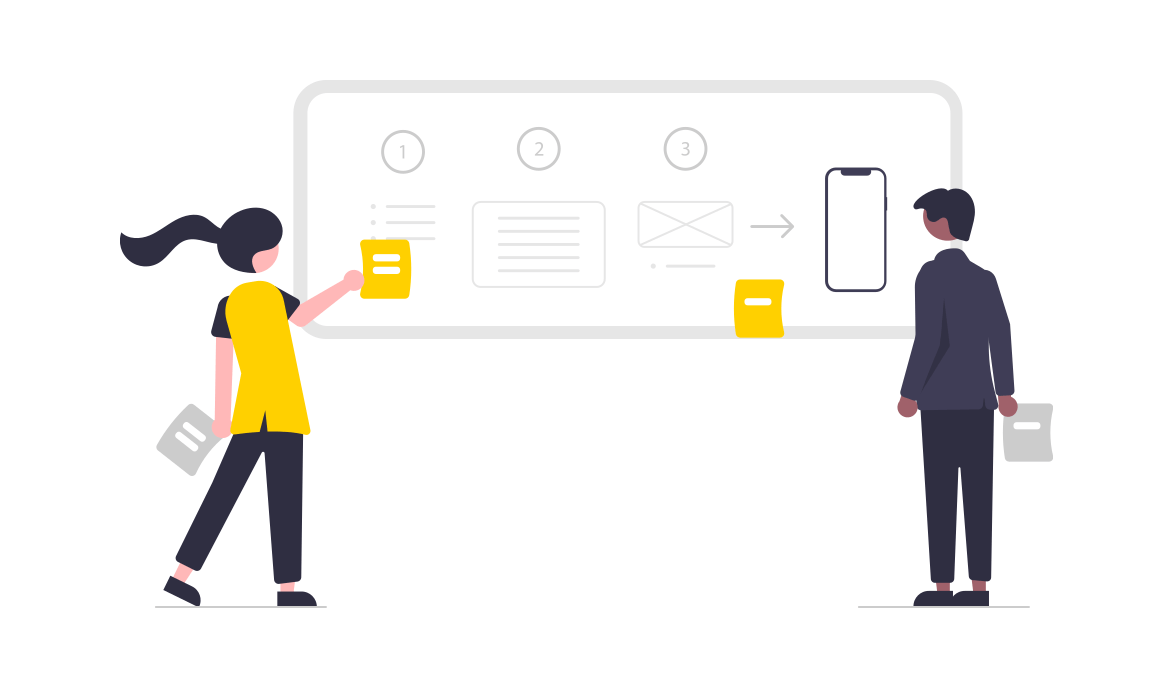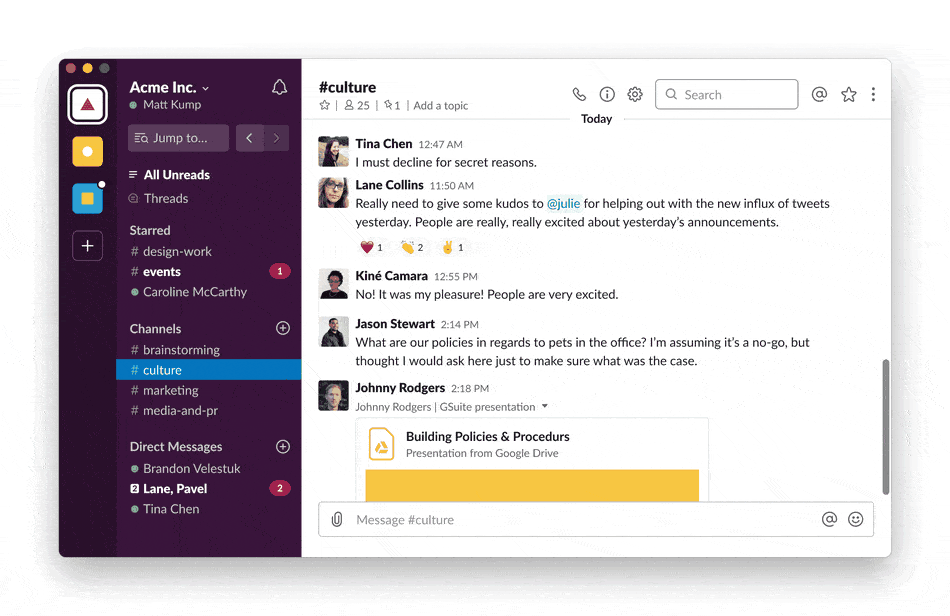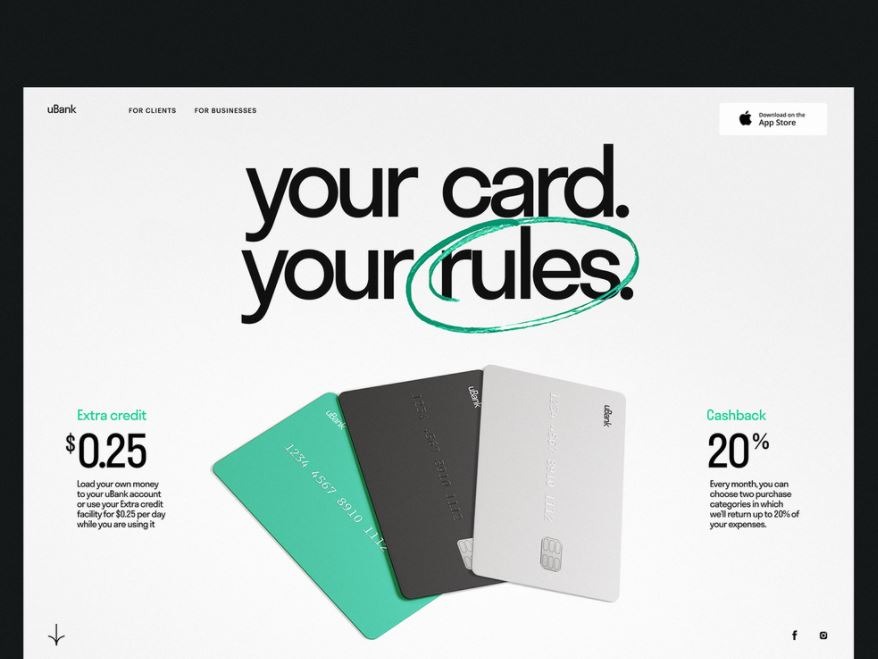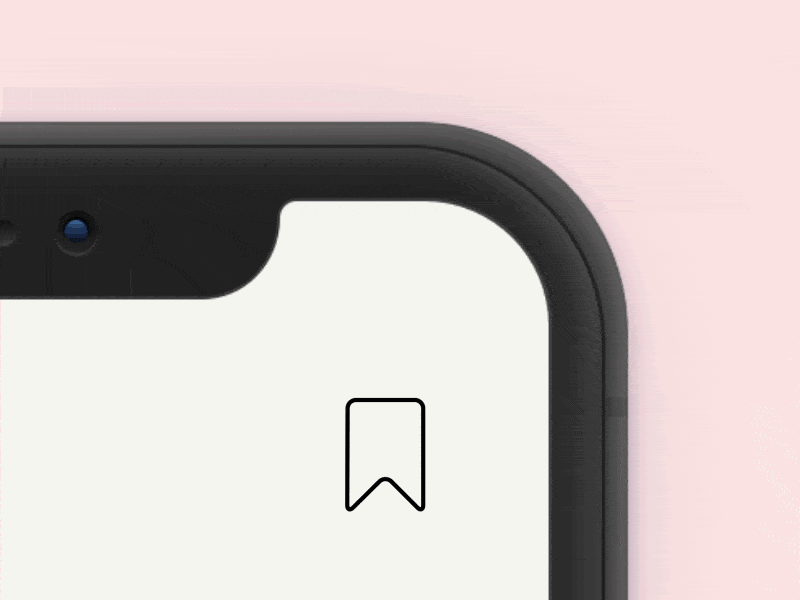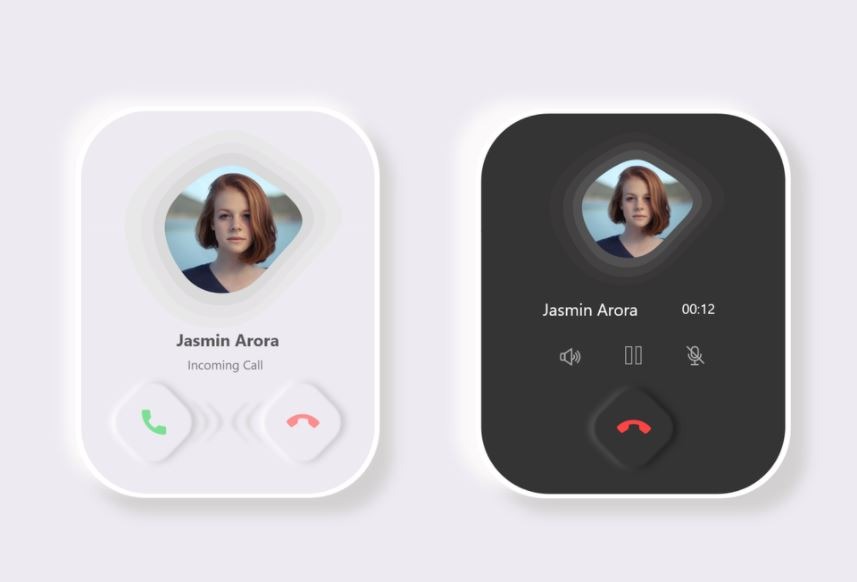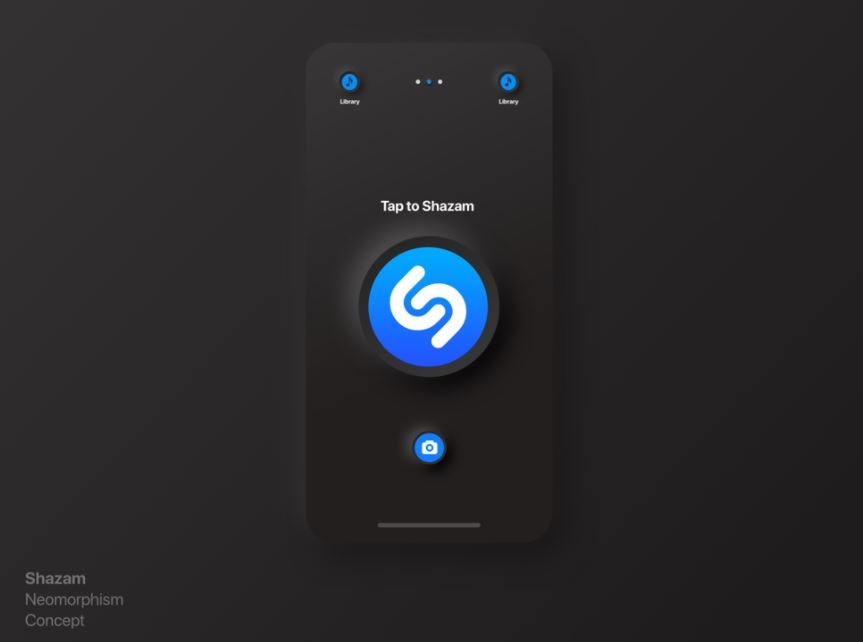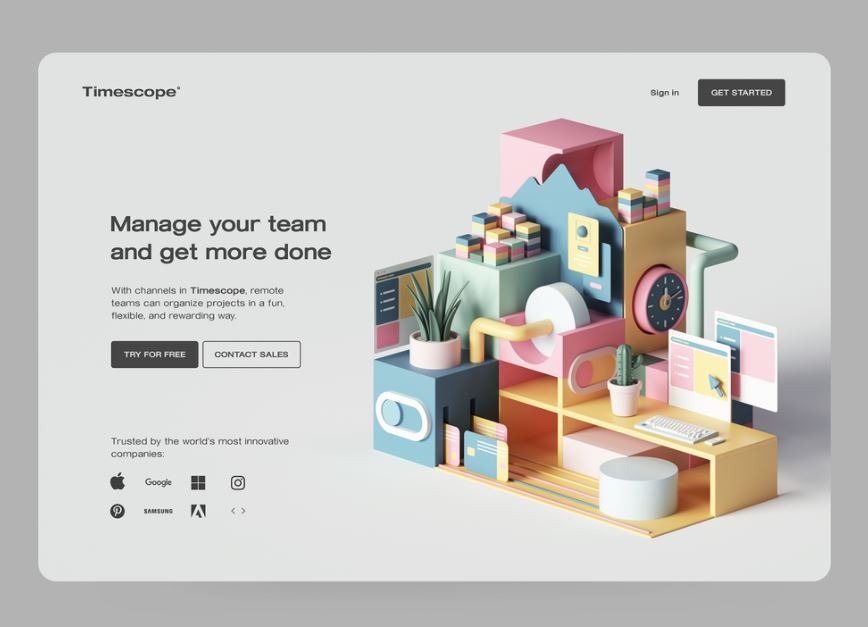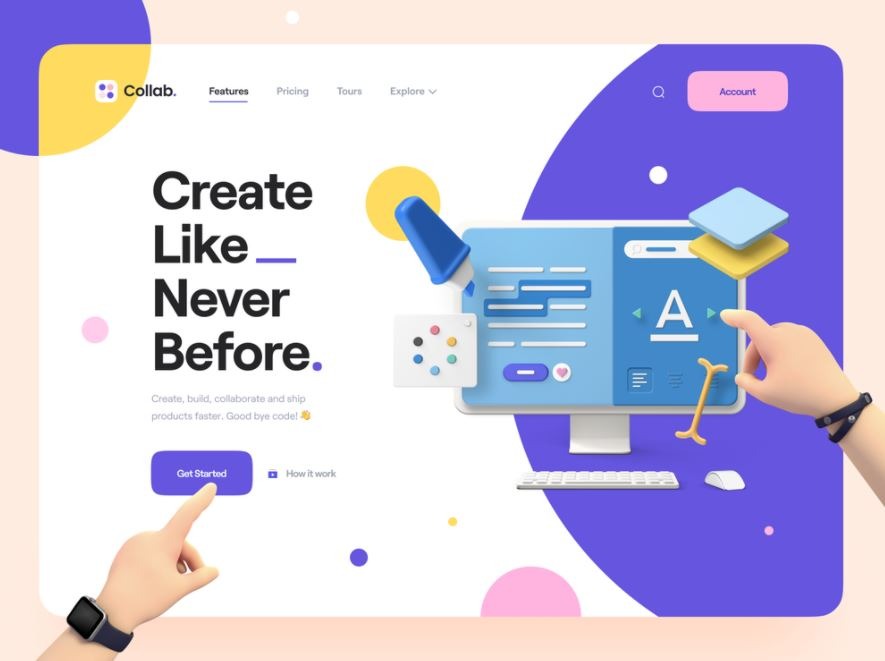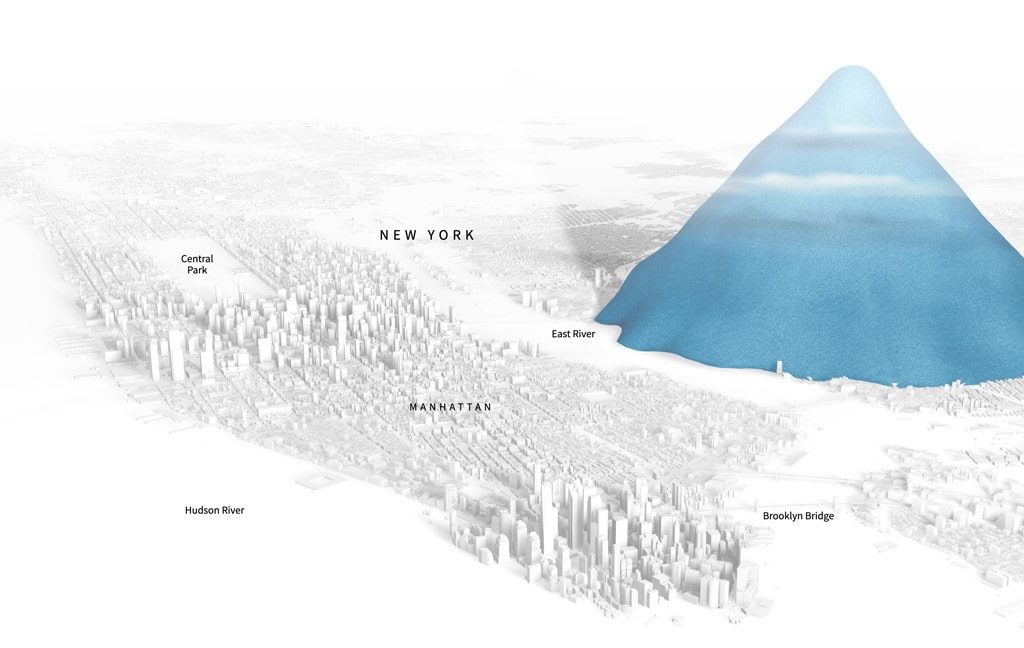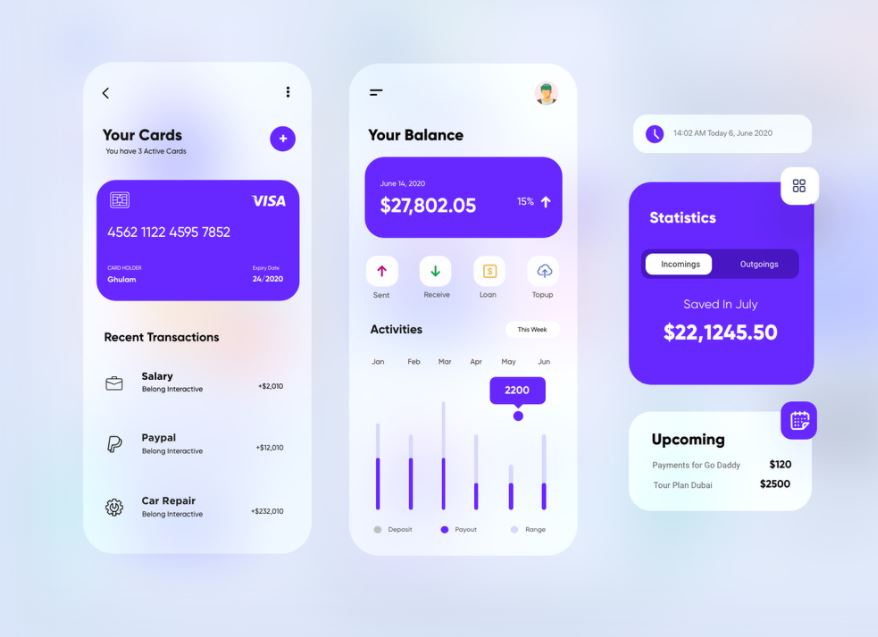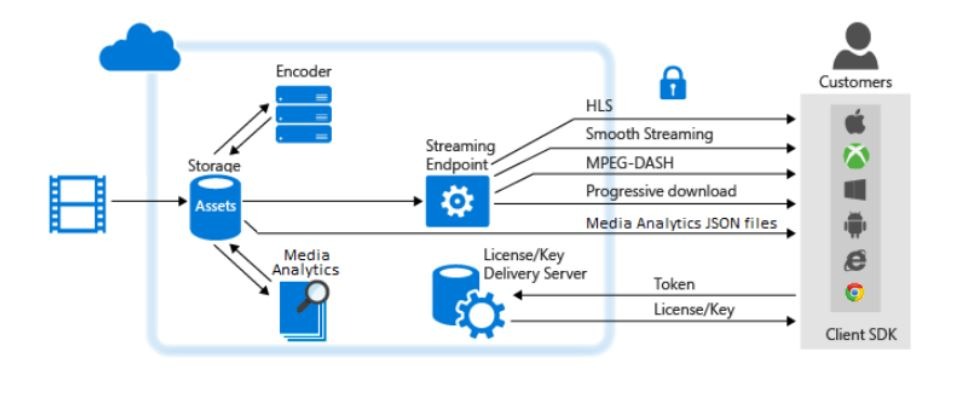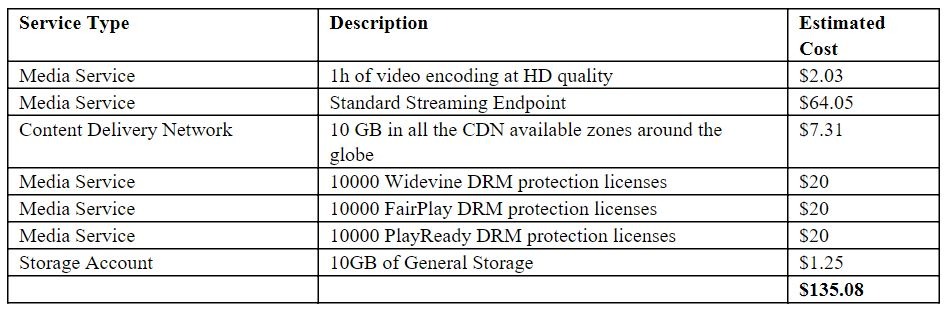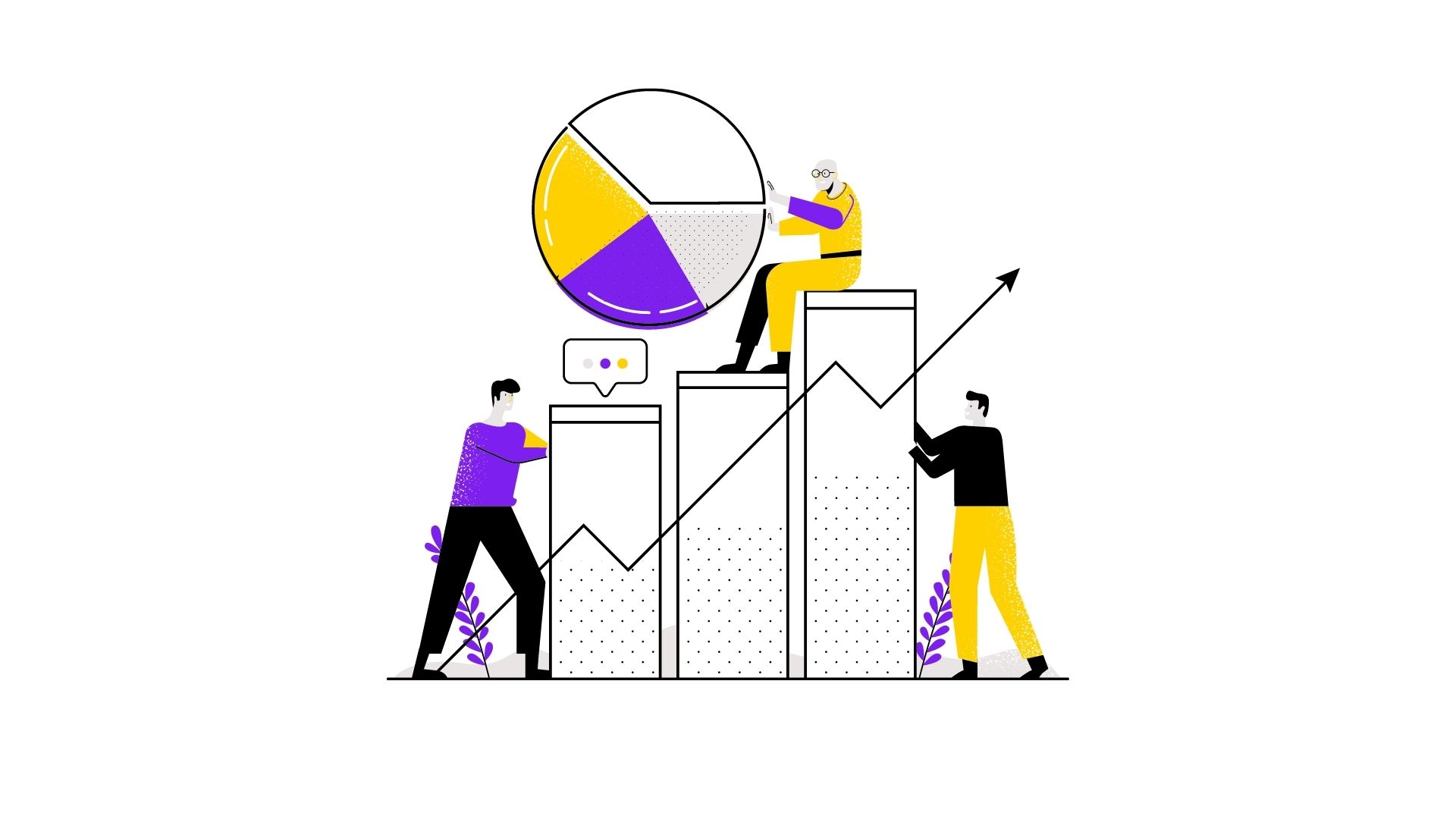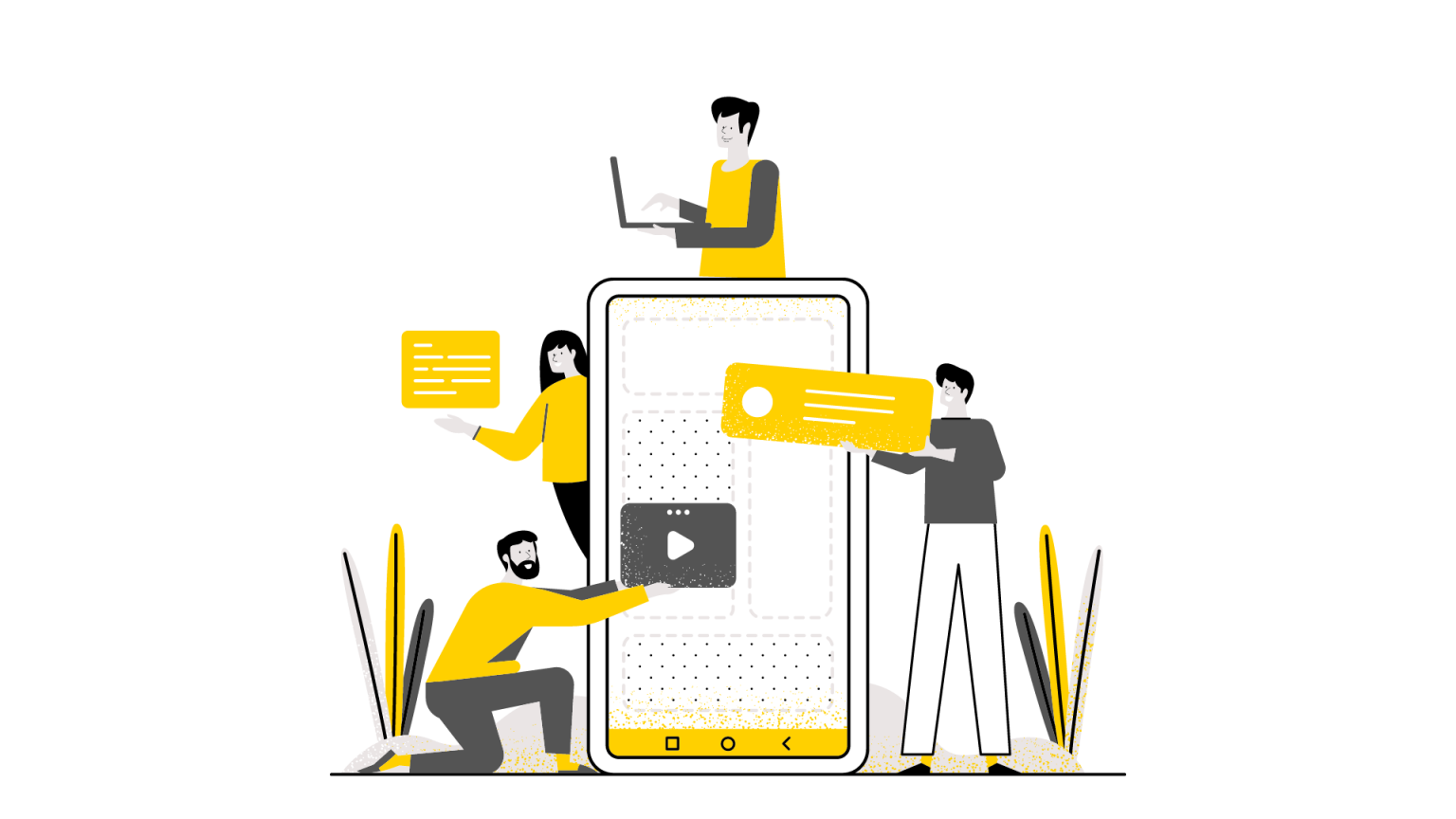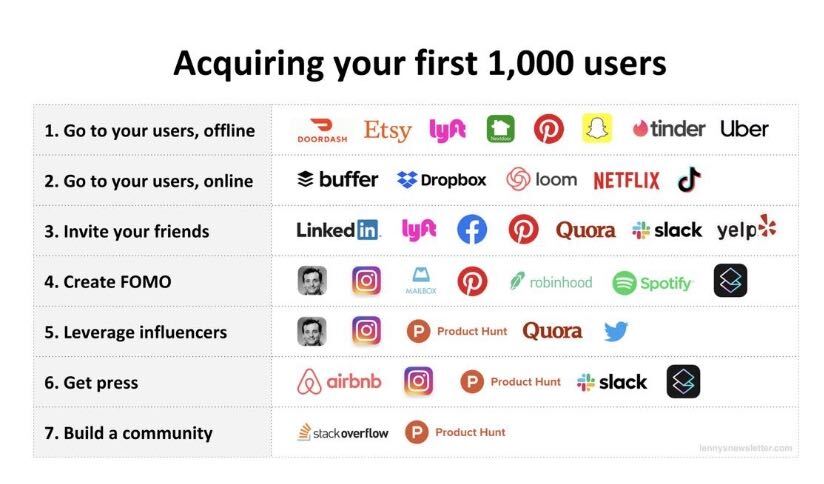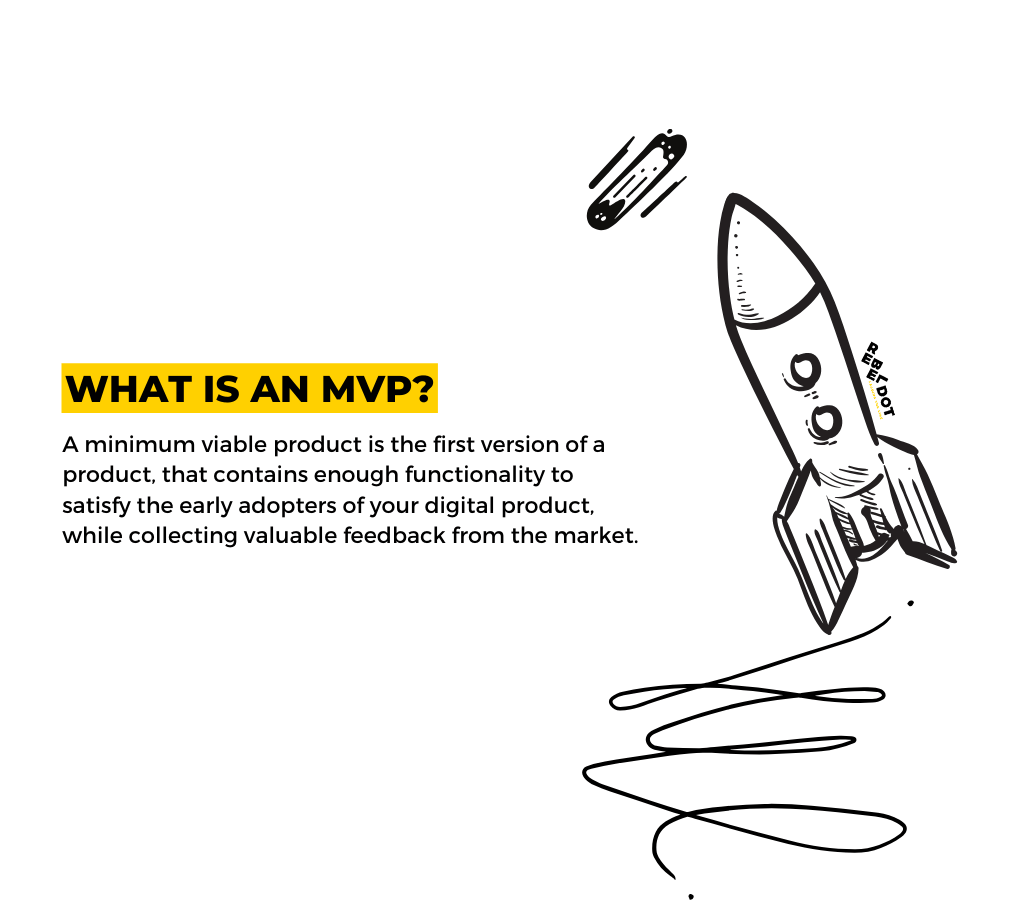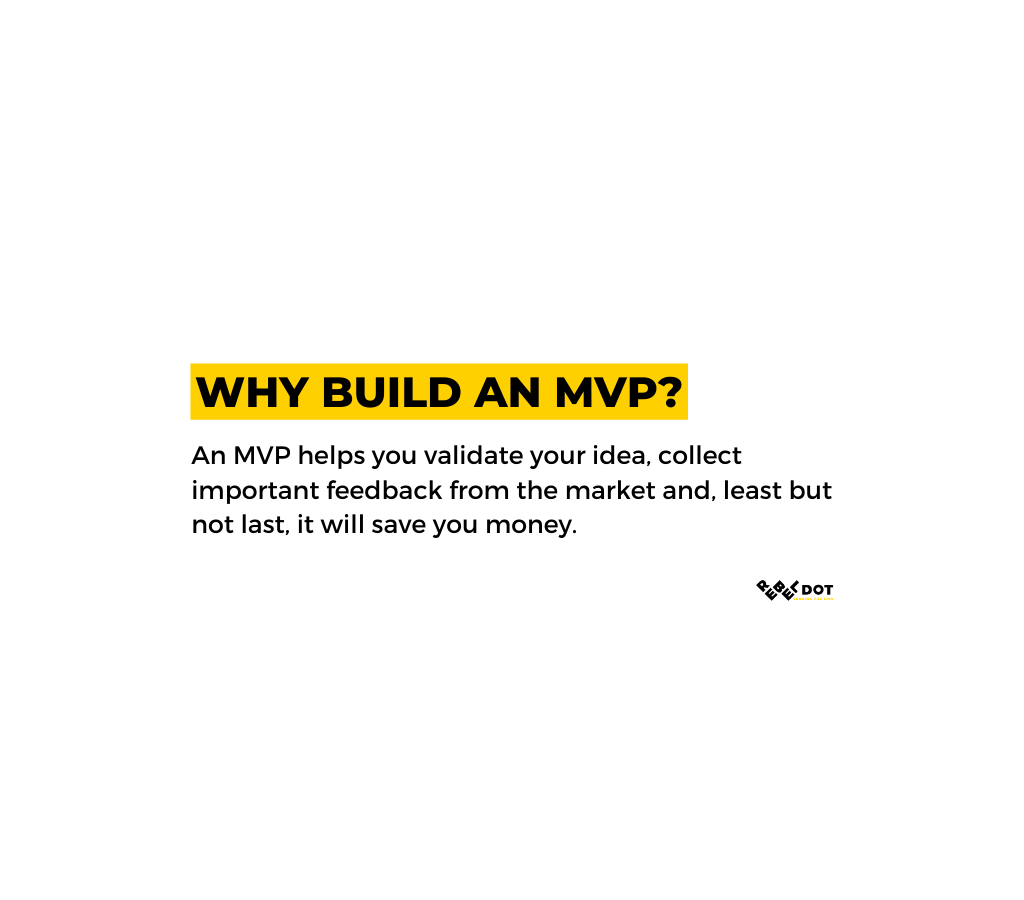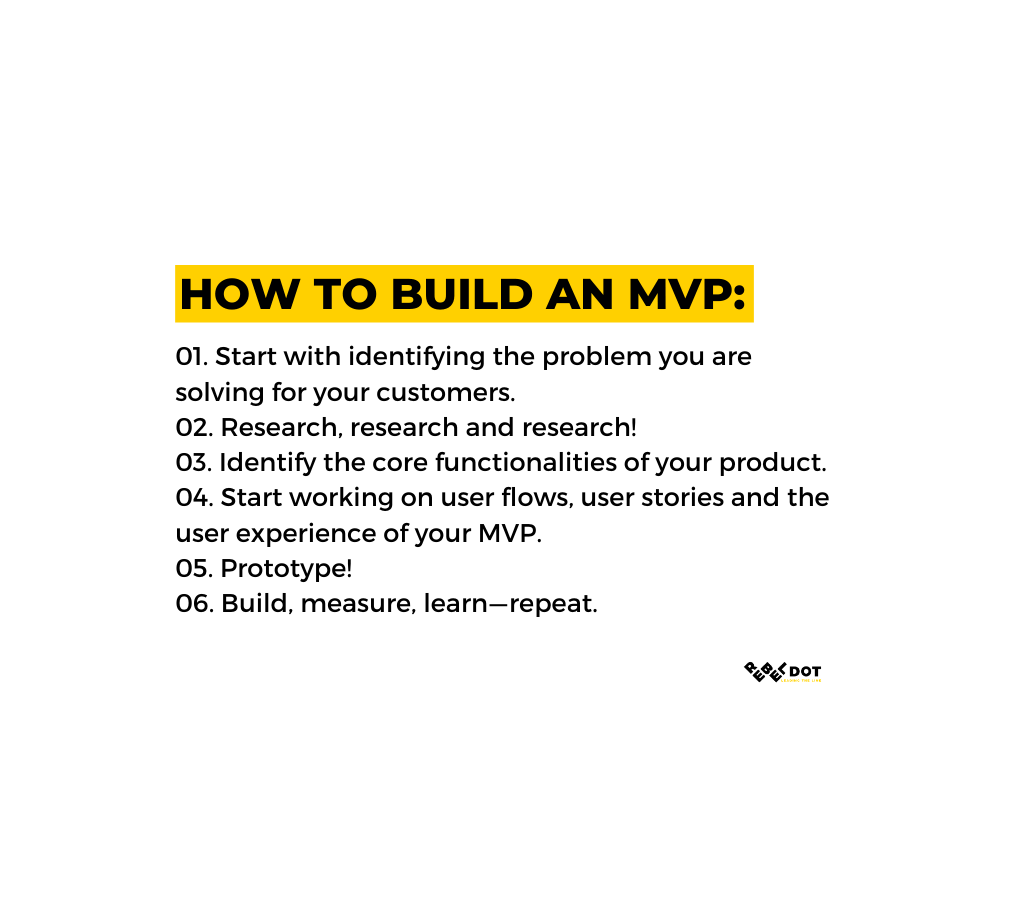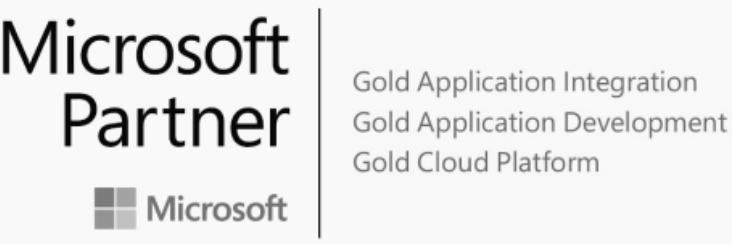Since you landed on this article, I’ll go ahead and assume you are already an avid user of this new, invite-only drop-in audio chat, or you’ve heard of this platform and might be curious to know its whereabouts and the lessons it can teach early startup founders.
If you’ve had enough of social media and exacerbating your FOMO with yet another platform with content you are missing out on is not on your priority list, we get it. No judgment here.
I’ll keep this short, but grab a cup of [your favorite drink] to keep you warm while scrolling through this.
What is Clubhouse? 🤔
So Clubhouse is a free, audio-only social media app where people can meet and discuss anything in organized “rooms” that are typically moderated by one, two, or a group of people.
Imagine being on a semi-public Teams or Zoom call in which all cameras are turned off, and you are struggling to keep track of who and when is talking. (I honestly hope Clubhouse is working on making speakers appear a little bit more in our faces, so it’s easier to track down who is saying what.) I keep pulling my spectacles whenever someone’s saying something interesting in a room.
I have been using Clubhouse for a month now and joined a few talks on Startups, Tech, Investing, and, of course, Bitcoin. Although there are a few chats here and there on how this platform is going to maybe replace on-demand audio content like podcasts, I think it still has a long way to go.
People are startled at the ramp-up this platform received in the past weeks, but with the support of some of the biggest Silicon Valley names, and a powerful influx of influencers and bitcoin peddlers around the world (Elon Musk I am pointing at you), this (at least temporary — who knows?) boom has been inevitable.
Where can you get a Clubhouse invite from?
Although this is not the point of the article, I’ll tell you the app is iOS only (at least for now), and invite-only. If you have friends that might already be on Clubhouse, don’t shy away from asking for your own Clubhouse invite.
I tried buying my own Clubhouse invite in its earlier days (desperate marketer, I know) and would not recommend it. At this point, there are over 10.1 million registered users. If you can’t find one to invite you, DM me and we’ll sort it out.
Getting to the point.
Besides being one of the most talked-about social networks of the moment, I found out the story of Clubhouse has a few important lessons to teach tech founders and aspiring technology entrepreneurs.
Here we go!
The new app idea is right in front of your eyes. 👀
Officially launched in April 2020, Clubhouse took advantage of the momentum. Looking at the lack of human interactions due to the global pandemic and launched a platform that promised to deliver social interactions at a different scale.
They looked at what the world was facing and came up with a solution to something that was represented as a global pain.
In isolation, people were more prone to trying out new ways of socially getting out of their comfort zone. Et voila, a simple idea that solves a real problem!
Don’t try to reinvent the wheel. 🧬
At the core, Clubhouse is a social networking platform. It’s an app concept we have all been accustomed to, but with a twist. Its two founders, Paul Davison and Rohan Seth took what was missing out of our day-to-day scrolling games and pulled out something new.
The morale?
Doing what everyone else is doing might not be that bad of an idea, as long as you have a different take on it.
The proof?
Clubhouse has over 10.1 million registered users, up from 600,000 in December 2020. And yes, it’s another networking platform.
Clubhouse is an invite-only and iOS-only app. 📜
If you have been around us for some time, you know we are huge advocates of small releases and investing as little time as possible before hitting the market with a product.
It’s not because we don’t trust the amazing product feature ideas you have. It’s simply because everything real users can tell you is 10x better than the assumptions you can make about your market. And of all things, Clubhouse got this right.
Everything real users can tell you is 10x better than the assumptions you can make about your market. And of all things, Clubhouse got this right.
Clubhouse is a fairly straightforward app, with limited functionality.
Users can jump in and out of different chats, on different subjects, in something that is pretty similar to a free-flowing podcast. They can simply listen or choose to throw in their thoughts, by raising their hand whenever in a chat. Imagine a cocktail party or clubhouse. Everyone gets a profile, and you can follow the people you want to stay in touch with. There is no typing inside the app, not photos, and no comments. Your voice is your only identity.
Add the fact that the app is invite-only and does not work on the web or Android devices, and, to some founders, this might already look like a disaster scenario.
The scarcity bias. 🤩
People unconsciously assume things that are limited are valuable and things that are abundant are not.
Intended or not, making Clubhouse invite-only made it more popular than it probably would have been if available to the general public.
Something that is scarce will always be more tempting, and you might want to use this for your next launch. As seen for Clubhouse, limiting the number of users in your app not only gives you control over the number of users in your app but creates a bold PR wave around it as well.
Product > Marketing? 💰
Although I don’t feel like contributing to the entire “good product outsmart bad marketing” discussion on the internet, Clubhouse is just another reminder that people respond to products that know how to feed their curiosity and momentum needs.
Their website is probably the most minimal Unicorn website you’ll find, and they do not seem to be bothered by this.
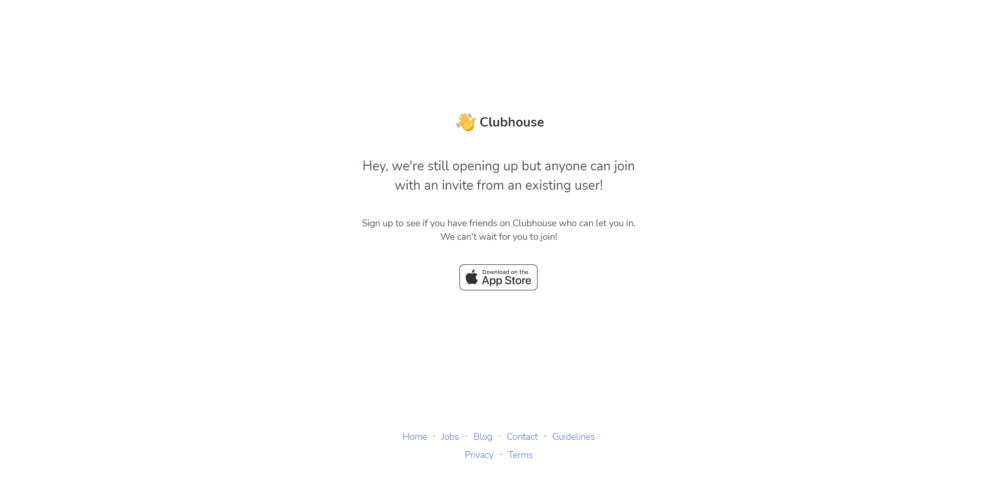
So next time you want to invest months in the branding of your next product & website, remember Clubhouse. Or, launch an invite-only platform then have Elon Musk talk about it on Twitter.
The lesson?
Don’t overthink your branding and website design. It’s rarely important to spend months iterating on a website before launching a product.
Dave Gerthard
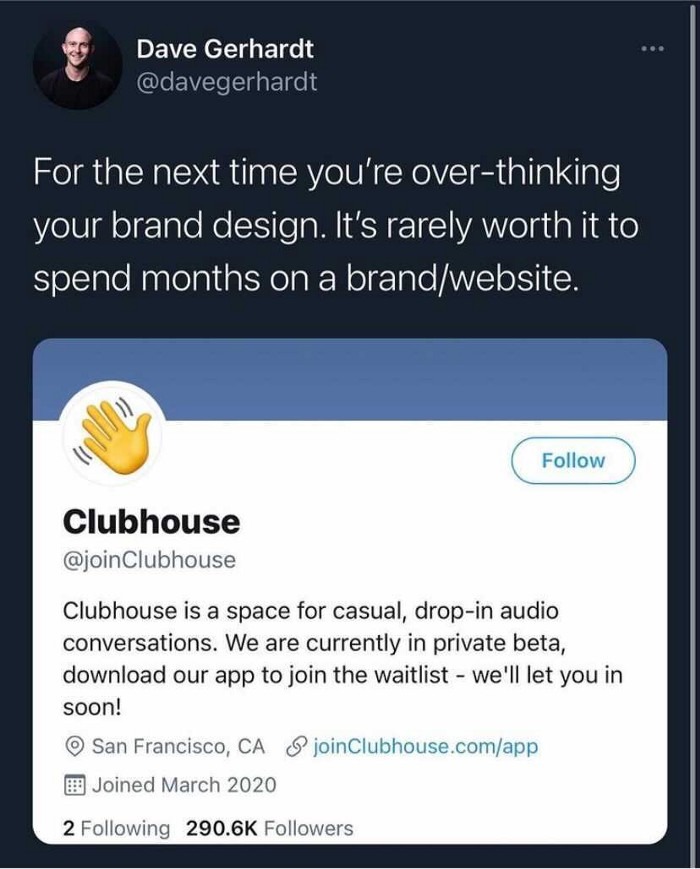
Although Clubhouse has its own privacy issues, it is living proof that almost everything we are overthinking in product design, is unnecessary.
If you are not yet convinced that tons of features won’t grant the success of your app, allow us to change your mind:
- Clubhouse is currently valued at $1 billion (up from $100 million in May 2020)
- Clubhouse has raised over $10 million to date.
- Over 180 organizations and venture capitalists have invested in Clubhouse to date.
- With its $1 billion valuations, Clubhouse is now a Unicorn startup, joining the ranks of Uber and Airbnb.
- Clubhouse is currently ranked #5 in the App Store under the “Social Networking” category.
- Clubhouse officially launched in April 2020.
Source: Clubhouse Statistics
If you are looking for more startups and products related content, you might like the rest of the posts that we have on our blog.
Listen to our first podcast episode of Rebels Deconstructed, on Spotify your favorite streaming platform.



